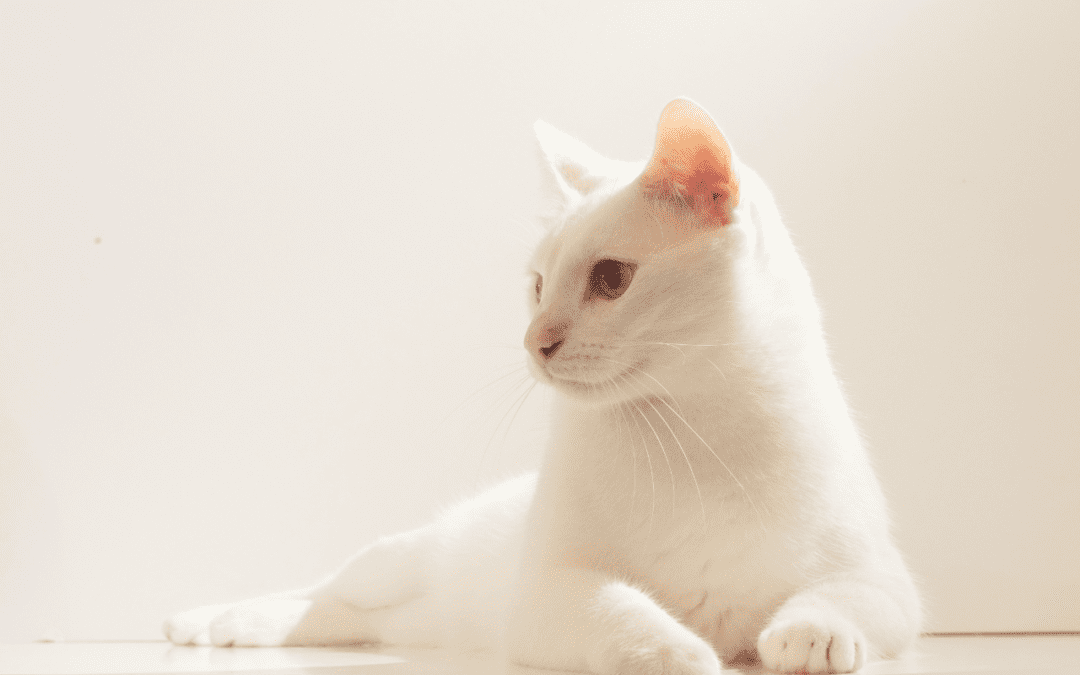Keep Your Cat Out of the Sun to Avoid Squamous Cell Carcinoma
Your white cat loves snoozing away in their favorite windowsill, soaking up the rays from the summer sun. Such a precious scene warms your heart, but too much sun exposure can be dangerous for your cat.
What is squamous cell carcinoma in cats?
Squamous cells are cells that make up the outer layer of the epithelium, the tissue that lines the external and internal surfaces of organs. Squamous cell carcinoma (SCC) is a tumor that affects these cells. SCC most commonly affects cats as skin or oral tumors, and can be found in the ear pinnae, nose, nail beds, corners of the eyes, and mouth.
How do cats develop squamous cell carcinoma?
Most SCC cases develop as a result of environmental or genetic risk factors. The most common cause is excessive sun exposure, but also can include chemicals, specific viruses, physical trauma, and burns. Light-colored and white cats are most likely to develop SCC because of the lack of protective pigment in their skin.
What does squamous cell carcinoma look like in cats?
Skin SCC tumors are typically small, poorly outlined lesions that may be associated with surrounding hair loss and skin inflammation. Lesions are likely to be ulcerated and ooze fluid. As the tumor progresses, you’ll notice swelling and more ulceration. Eventually, the tumor may metastasize to other parts of the body.
In the early stages, oral SCC can appear similar to dental disease. The gums become ulcerated and teeth loosen as the cancer invades the jaw, and these early signs may be missed.
How is squamous cell carcinoma diagnosed and treated in cats?
Squamous cell carcinoma can be diagnosed through a biopsy, which requires general anesthesia. At that time, the tumor may be completely removed to avoid the need to put the cat under anesthesia again. In some cases, surgical removal can cure skin SCC. In other instances, radiation therapy, cryotherapy, laser ablation, photodynamic therapy, or chemotherapy may be successful treatment options. Prognosis is generally good if the tumor is removed in the early stages and has not had a chance to spread, but close monitoring is critical to watch for recurrence.
If your cat develops a suspicious skin lesion, or begins to drool excessively and refuse food, schedule an appointment with our team.

